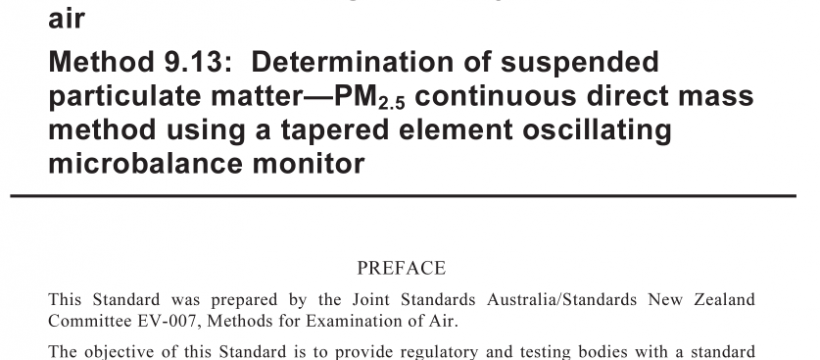AS NZS 3580.9.13:2013 pdf free download
AS NZS 3580.9.13:2013 pdf free download.Methods for sampling and analysis of ambient air
10.3.1 General
Data collected in accordance with this Standard shall be validated prior to its use. The data validation process shall consist of a review of the data by trained personnel using data screening criteria to identify possible incorrect values (e.g. data collected during calibration or maintenance procedures mixed with sample data). This process should be conducted on a regular basis to avoid the invalidation of large quantities of data. The screening process is usually based on historical data or realistically expected values. Other values may be appropriate for a given location, therefore site-specific screening values shall then be developed. If the data does not fall within the screening criteria, the validity of the data shall be investigated. Relationships between different variables are considered when evaluating data since other parameters may either confirm or deny recorded events (e.g. wind direction changes, low visibility, etc.). The data review is an ongoing process that includes—
(a) reviewing calibration information, the recorded data, and any status flags that could affect data; and
(b) reviewing all calibrations, verification checks, station notes and maintenance sheets and instrument status logs.
10.3.2 Handling negative mass data artifacts
Unlike gaseous pollutants, airborne particulate matter is often heterogeneous (differing in composition, form, moisture retention, etc). This complexity can lead to profound difficulty in the consistent quantification of particulate matter air pollution. When particles are collected on a sample filter, their mass may be influenced by interaction with airborne gases or other particles in the air stream, or possibly by the filter media. The thermodynamic conditions of the sample air stream and surrounding filter influence the degree to which these ongoing reactions may occur. All of these factors define filter dynamics and may result in a positive or negative sampling artefact component of the particulate matter mass concentration.
The FDMS attempts to quantify these dynamics, however it is reasonable to expect some small hourly negative values (0 to −5 µg/m 3 ) when the true mass concentration is very low (0 to 5 µg/m 3 ). For example, this is not uncommon during rain events. Overall, hourly mass concentration values should not routinely be lower than about −10 µg/m 3 . As general guidance, small negative values should be considered ‘clean’ conditions and reported. When used to produce daily averages, all hourly values (both positive and negative) should be averaged using equal weighting.
AS NZS 3580.9.13:2013 pdf free download
